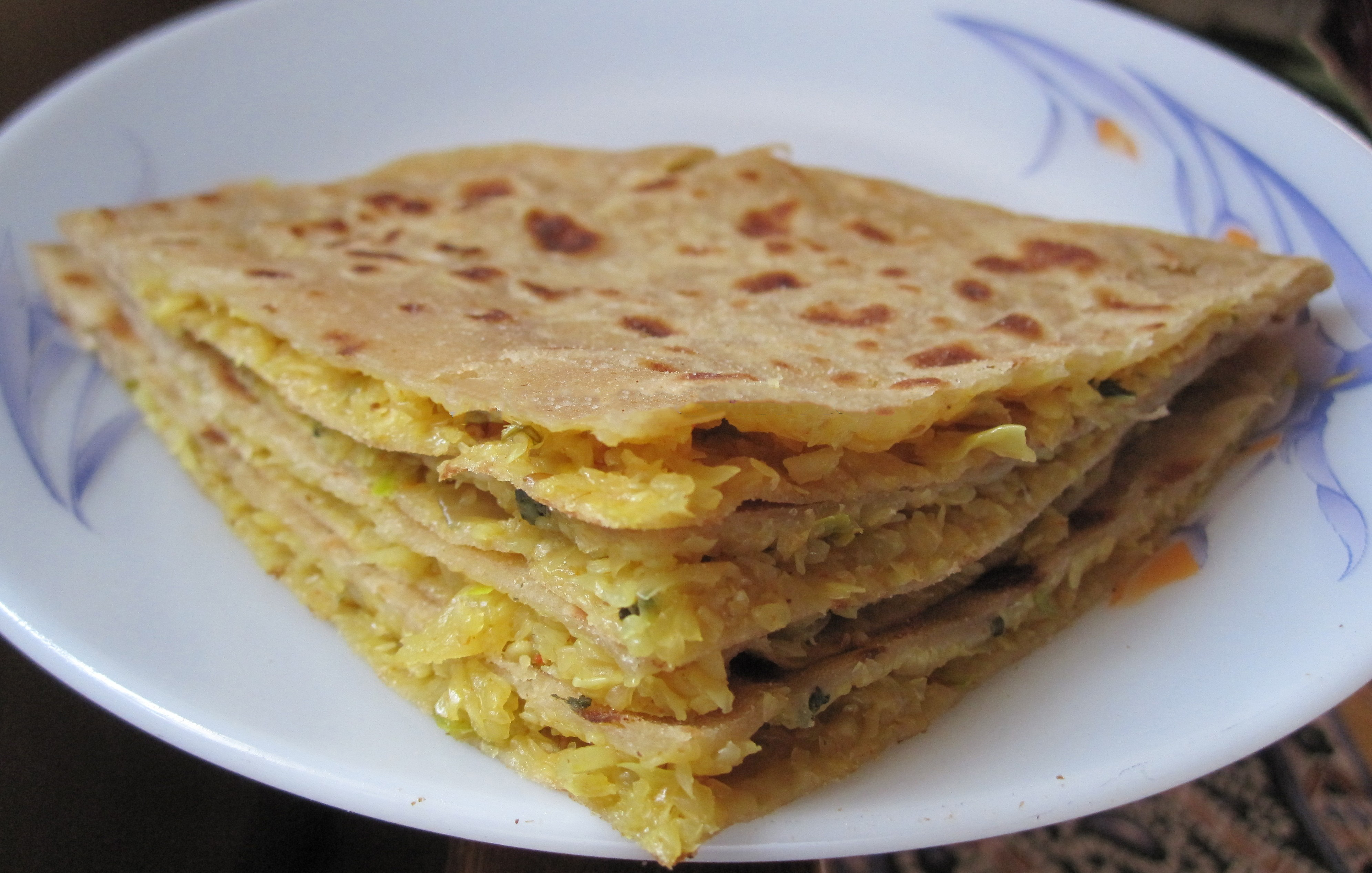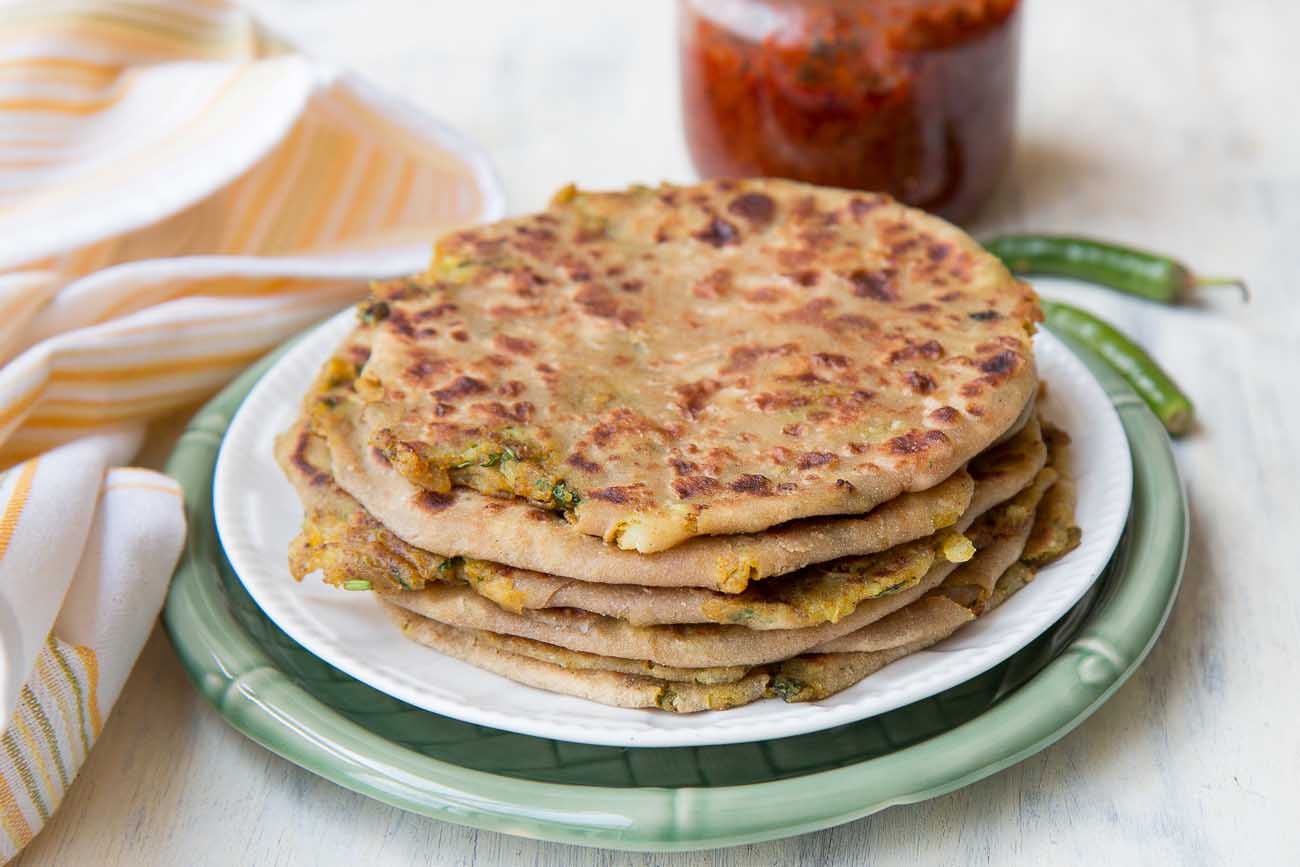Embark on a culinary adventure with our comprehensive paratha recipe video guide. Whether you’re a seasoned home cook or just starting your culinary journey, this video will guide you through every step of crafting the perfect paratha, the beloved Indian flatbread renowned for its flaky layers and versatility.
In this video, we’ll delve into the secrets of paratha making, from selecting the finest ingredients to mastering the art of rolling and cooking. Along the way, we’ll explore creative variations and fillings, providing you with endless possibilities to customize your parathas to your taste.
Paratha Ingredients and Dough Preparation
Preparing the dough for paratha is a crucial step that lays the foundation for a delicious and flaky flatbread. Let’s delve into the essential ingredients and the step-by-step process of mixing and kneading the dough.
Ingredients
- Whole wheat flour: This forms the base of the dough, providing structure and texture.
- Salt: Enhances the flavor and balances the taste of the paratha.
- Water: Adds moisture to the dough, allowing the gluten to form and create elasticity.
- Optional: Ghee or oil: Adding a small amount of ghee or oil to the dough makes it more pliable and prevents it from drying out.
Mixing and Kneading
In a large bowl, combine the flour and salt. Gradually add water while mixing until a dough forms. The dough should be slightly sticky but not too wet. If it’s too dry, add a little more water; if it’s too wet, add a little more flour.
Turn the dough out onto a lightly floured surface and knead for 5-7 minutes until it becomes smooth and elastic. This process helps develop the gluten strands, which give paratha its characteristic flaky texture.
Resting Time
Once kneaded, let the dough rest for at least 30 minutes. This allows the gluten to relax, making the paratha softer and easier to roll out.
Rolling and Cooking Techniques

Mastering the rolling and cooking techniques is crucial for creating perfectly flaky and delicious parathas. Follow these steps to achieve the desired results.
Rolling the Dough
Divide the dough into equal-sized balls and dust them with flour. On a lightly floured surface, roll out each ball into a thin circle, approximately 8-10 inches in diameter. The circle should be even in thickness throughout, without any thick or thin spots.
Creating the Layers
To achieve the characteristic flaky layers, apply a thin layer of ghee or oil to the surface of the rolled-out dough. Fold the dough in half, then fold it in half again to form a triangle. Roll out the triangle into a thin circle once more, and repeat the folding and rolling process 2-3 times.
Cooking the Paratha
Heat a griddle or skillet over medium heat. Brush the surface with oil or ghee. Place the paratha on the hot surface and cook for 1-2 minutes per side, or until golden brown spots appear. Press down gently on the paratha with a spatula to create pockets of air, which will further enhance the flakiness.
Variations and Fillings
Parathas offer endless possibilities for customization, allowing you to cater to diverse tastes and preferences. From stuffed parathas bursting with flavors to layered parathas with intricate textures, there’s a variation for every palate.
Fillings can range from savory vegetables like spinach, potatoes, and onions to succulent meats like chicken, lamb, and beef. Cheeses, such as mozzarella, cheddar, and feta, add a creamy richness, while spices like cumin, coriander, and turmeric infuse aromatic depth.
Incorporating Fillings
- For stuffed parathas, roll out the dough into a circle, place the filling in the center, and fold the edges over the filling, pinching them together to seal.
- For layered parathas, brush melted butter or oil on the dough, sprinkle with spices, and fold the dough into multiple layers, pressing down to adhere.
- Cook the parathas on a hot griddle or skillet, flipping them occasionally, until golden brown and cooked through.
Serving Suggestions and Accompaniments
Parathas, with their versatility, can be served in a myriad of ways, catering to various meal occasions and preferences.
As a main course, parathas can be paired with curries, daals, or meat dishes. Their hearty nature makes them a satisfying meal on their own or when complemented by additional sides.
As a Side Dish
Parathas can also serve as an accompaniment to soups, salads, or grilled dishes. Their neutral flavor profile allows them to complement a wide range of dishes without overpowering them.
As a Snack
When cut into smaller pieces, parathas make for a delightful snack. They can be served with dips, chutneys, or simply enjoyed on their own.
Traditional Accompaniments
Traditionally, parathas are often paired with chutneys, pickles, and raita. These accompaniments add flavor, texture, and freshness to the dish.
- Chutneys: Spicy or tangy chutneys, such as green chutney, coriander chutney, or tomato chutney, provide a flavorful contrast to the mildness of parathas.
- Pickles: A variety of pickles, including mango pickle, lemon pickle, or chili pickle, add a tangy and sour element to the meal.
- Raita: A yogurt-based condiment, raita cools down the spiciness of the paratha and provides a creamy texture.
Pairing with Beverages and Dishes
Parathas can be paired with a variety of beverages, including tea, lassi, or buttermilk. They can also be served with different dishes, such as pulao, biryani, or sabzi.
Closing Summary

With our expert guidance, you’ll unlock the secrets of making authentic, mouthwatering parathas that will impress your family and friends. So gather your ingredients, prepare your kitchen, and let’s embark on a culinary adventure that will elevate your home cooking to new heights.
FAQ Section
What are the key ingredients for making paratha dough?
The essential ingredients for paratha dough are whole wheat flour, salt, water, and oil. Some recipes may also include yogurt or buttermilk for added flavor and tenderness.
How long should I knead the paratha dough?
Knead the dough for 5-7 minutes until it becomes smooth and elastic. Over-kneading can make the dough tough.
What is the ideal resting time for the paratha dough?
Allow the dough to rest for at least 30 minutes before rolling and cooking. This resting time allows the gluten to relax, resulting in a more tender paratha.
How do I achieve flaky layers in my parathas?
To achieve flaky layers, roll out the dough into a thin circle, brush with oil or ghee, and fold it into a triangle or square before rolling it out again.
What are some popular paratha variations?
Popular paratha variations include stuffed parathas filled with vegetables, meats, or cheeses; layered parathas made with multiple layers of dough; and flavored parathas infused with spices or herbs.
